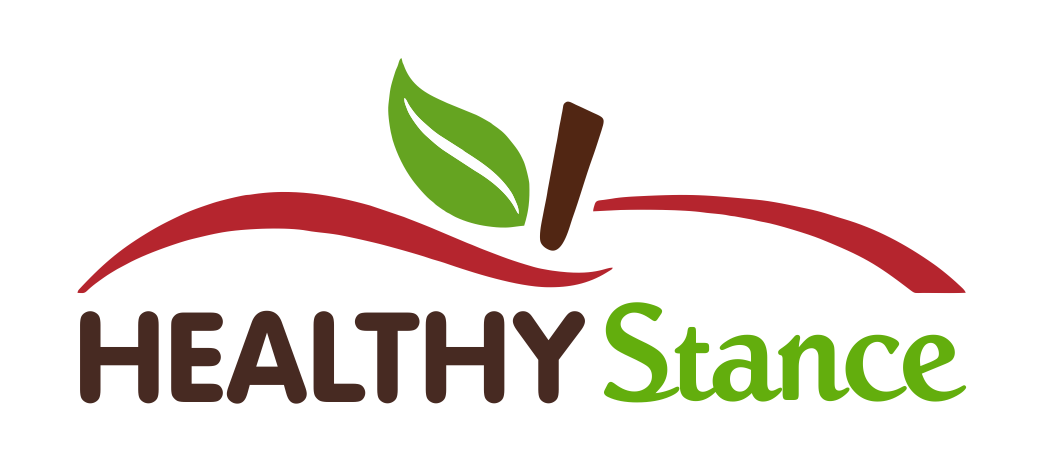We must not forget to increase water consumption when we start to introduce fiber into our diet. In this way we will facilitate its assimilation and avoid the appearance of flatulence
Dietary fiber, found mainly in fruits, vegetables, whole grains, and legumes, is perhaps the fiber best known for its ability to prevent or alleviate constipation. However, foods containing fiber may also offer other health benefits, such as helping to maintain weight and decrease the risk of diabetes and heart disease.
Also known as plant fiber or soluble fiber, dietary fiber is the part of plant-based food that the body cannot digest or absorb. Unlike other ingredients, the body cannot digest fiber. Instead, dietary fiber passes relatively intact through the stomach, small intestine, and colon.

Fiber types
Fiber is classified as soluble, which dissolves in water, or insoluble, which does not dissolve in water.
Insoluble fiber
It absorbs very little water and is very resistant to fermentation in the intestine. Its main function is to clean the digestive tract.
In addition, insoluble fiber increases the volume of the stool and decreases its consistency. It even speeds up the passage of food through the stomach and intestines. For all these reasons, if insoluble fiber is taken regularly, we will combat constipation
Soluble fiber
This type of fiber is made up of compounds that absorb a lot of water and form gels that slow down intestinal transit. It is highly ferment-able, so it increases the amount of bacterial flora and will also increase the volume of feces.
It is also capable of reducing the absorption of sugars and fats from food, being useful in regulating glucose and cholesterol levels, as the same study shown earlier shows. This fiber predominates in legumes, cereals (oats and barley) and some fruits.
Eating foods rich in fiber will help us if we are on a diet, because, in addition to regulating cholesterol and glucose levels as we have mentioned, it has a satiating effect. This is due to the fact that in a greater volume they provide much fewer calories, require more chewing and swell when absorbing water, which gives us the feeling of being full much sooner.
Benefits of a high-fiber diet
A diet high in fiber has many benefits, such as:
- Regulates intestinal transit. Dietary fiber increases the weight and size of stool, and softens it. Bulky stools are easier to pass, making you less likely to get constipated. Helps maintain intestinal health. A diet high in fiber can decrease the risk of hemorrhoids.
- Lowers cholesterol levels. Tannin-rich fiber from fruits can be helpful in supporting the treatment of Hypercholesterolemia.
- Helps control blood sugar levels. Insoluble dietary fiber helps decrease sugar absorption and improve blood sugar levels.
- Contributes to maintaining weight. Foods high in fiber cause more satiety, so you eat less and are satisfied longer.
Foods rich in fiber
If you are not incorporating enough fiber every day, you will need to increase consumption. Some options for this are:
- Integral products.
- Fruits.
- Vegetables
- Pulses.
- Nuts and seeds.
Refined or processed foods are low in fiber. This is because the grain refining process removes the bran or outer layer. However, some people may still need a fiber supplement if dietary changes are not enough or if they have certain conditions, such as constipation, diarrhea, or irritable bowel syndrome.
However, incorporating too much fiber too fast can cause intestinal gas, bloating, and colic. Increase fiber intake in your daily diet progressively, over several weeks. This allows the bacteria that naturally inhabit the digestive system to adapt to the change. Also, you should drink plenty of water, since fiber works best when absorbing water.















